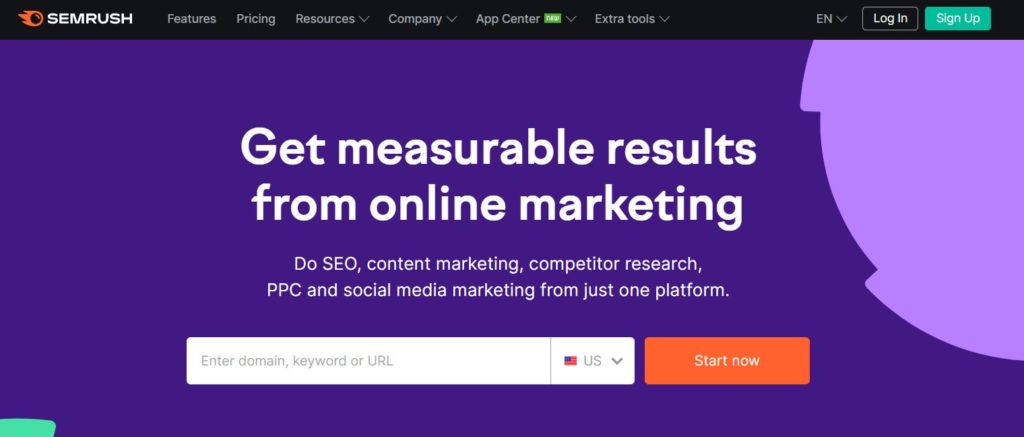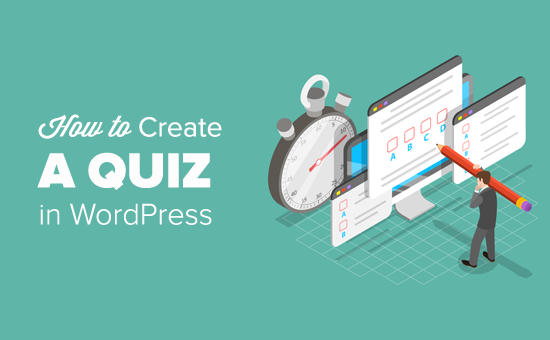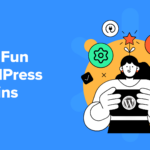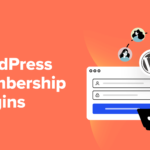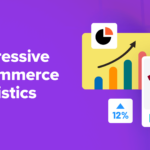When you launch a new product, the last thing you want is for it to take weeks or even months to start showing up in the Search Engine Results Pages (SERPs). In eCommerce, time is money – and the quicker your new product ranks, the faster you can start making sales.
The good news is that you may not have to wait long. There are a couple of things you can do to hasten the ranking process for your products. This can help you start generating traffic and sales right away.
In this blog post, we’ll discuss the importance of getting your products to appear in search results without any delay. We’ll then share five ways to help your new products rank faster. Let’s jump right in!
The Importance of Getting Your Products to Rank Faster
Research has shown that more than 55% of clicks on search results pages go to the first three entries. This means that if your new product ranks highly, it can lead a lot of traffic to your storefront. This can easily translate to more conversions.
Ranking on the first page of Google results also means that shoppers will consistently come across your store when they search for products similar to yours. This increased visibility will make them more aware of your brand, which may help skew their purchase decisions in your favor.
Additionally, when shoppers see your products on page one, they may view your brand as more credible and trustworthy. Therefore, if you’re launching a new product or eCommerce site, it’s important to ensure that you take the necessary steps to help your pages rank faster.
How to Rank Your New eCommerce Products Faster (5 Ways)
To ensure that your eCommerce site ranks above your competitors, you’ll need to optimize both your product and category pages. Here are five things you can do to get your new products on page one as soon as possible.
1. Research Your Competition
One effective way of ranking quickly is researching what’s working for your competitors. This will give you some direction when it comes to designing high-converting product pages.
The first step is finding out who your competition is. Semrush is great tool for this:

You can use the Semrush Market Explorer to identify your competitors. This will give you a list of domains that are doing well in your niche.
Once you’ve identified your competitors, you can try to establish which keywords they are ranking for, using a tool such as Ahrefs:

You can start by doing a batch analysis of your competing domains. This will give you lots of useful data on each website, including the domain rating, estimated organic traffic, and number of keyword rankings. You can then filter the results to find the top competitors.
The next step would be to identify any ‘content gaps’ (also known as ‘keyword gaps‘):

Ahrefs will give you a list of keywords that your top competitors aren’t ranking for. You can target these search terms in your product descriptions to rank more quickly.
2. Make Sure Your Product Pages Are Fully Optimized
Once you’ve identified the best keywords to target, the next step is optimizing your product pages. This will give them a better chance to rank for the targeted search terms.
First, you’ll need to write keyword-rich product descriptions. You can also use your target phrase in the title tags, main content, images, and URL of your page(s). However, you’ll want to avoid keyword stuffing, as this could get you penalized by Google.
Moreover, you’ll want to add a unique, keyword-rich title for each of your products. A descriptive title can help reduce your bounce rate, as users will know exactly what to expect when they click on the link. This increased user retention will not only improve your revenue, but your rankings on Google as well.
You’ll also want to write meta descriptions that appeal to both search engines and humans:

Since you want Google to crawl your site regularly, you’ll need to make sure that each description is unique. It’s also smart to include a keyword that you would like your page to rank for.
Finally, you’ll want to optimize your product page URLs. These should contain relevant and descriptive keywords (e.g., www.myshop.com/waterproof-jackets-for-men).
3. Use Engaging Images and Videos to Showcase Your Products
When it comes to ranking on Google, your content needs to be engaging and helpful. Therefore, it’s important that you use plenty of visuals.
You can take a few different approaches when adding engaging visual content. For instance, you can add videos to highlight your product’s features and benefits. You could also include images of the same product from different angles. This way, shoppers can get a better idea of how it looks in real life.
When optimizing images, you have the option to add alt text. This tells Google and other search engines what your image depicts:

It also explains the content of your photo to users with screen readers. This makes your content more accessible.
The alt text should provide a clear description of the product image without being wordy. You may want to mention some important details, including the product name, model number, and color.
4. Leverage Social Media to Promote Your Products
Since eCommerce giants like Amazon already have a huge slice of the market share, it can be hard to compete with them. You don’t want your product pages to sit idle – you need them to rank well for relevant keywords.
One way to do this is by leveraging social media sites such as Pinterest and Instagram. These platforms can help you get your products in front of the right customers at just the right time. Therefore, they can be incredibly effective for increasing conversions and generating traffic.
Pinterest works like a search engine. You can create pins that will keep ranking and drive traffic for years to come:

Instagram is a bit different, but just as powerful. It can help you gain followers and potential customers with stunning photo feeds:

Additionally, you could set a budget and promote your products with social media ads. This can help increase your click-through rates.
Whatever channel you use, most social media sites rely heavily on visual content. This makes it doubly important that you always have fresh images for your product pages and social content.
5. Use the IndexNow Plugin
Microsoft’s new IndexNow plugin makes it possible for your products to be indexed in Bing and Google as soon as you publish them:

Instead of having to submit URLs manually, the plugin does all the work for you. It will create an API it uses to automatically submit your URLs. This way, Bing, Google, and other search engines will always know when you add, delete, or update information on your product pages. You’ll also be able to view stats on your submitted URLs.
Conclusion
As a store owner, you’ll want all your new products to rank quickly. This will help increase your traffic and conversions without any delay.
In this post, we shared five effective ways to rank your products faster:
- Research your competition, using tools like Semrush and Ahrefs.
- Write SEO-friendly product titles and descriptions.
- Use images and videos to increase user engagement.
- Market your new products on social media channels such as Pinterest and Instagram.
- Use Microsoft’s new IndexNow plugin to rank on Bing and Google.
Do you have any questions about how to get your products to rank faster? Let us know in the comments section below!

